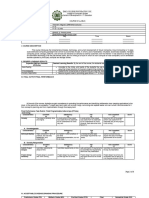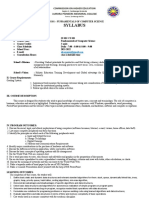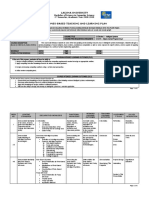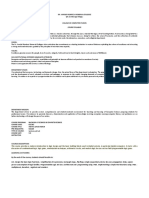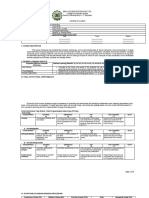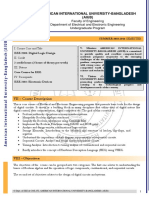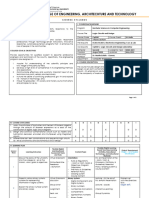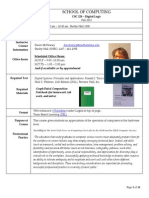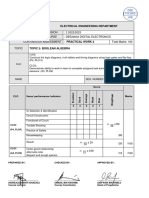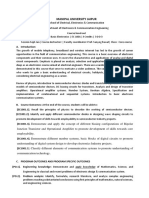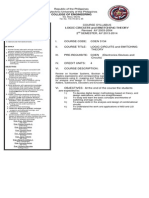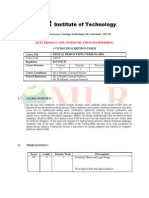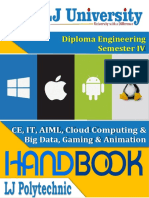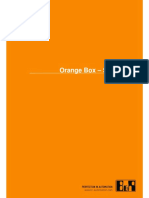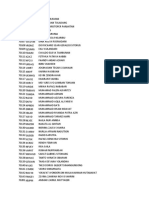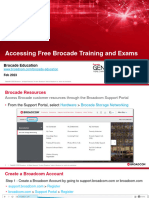0% found this document useful (0 votes)
85 views8 pagesDigital Electronics Syllabus
This document outlines the syllabus for a Digital Electronics course. It provides details on course description, desired learning outcomes, assessment procedures, and learning plan. Key topics include fundamentals of digital circuits, logic variables like NOT, AND, OR, and assessment will evaluate mastery of practical and presentation skills.
Uploaded by
ldp100476Copyright
© © All Rights Reserved
We take content rights seriously. If you suspect this is your content, claim it here.
Available Formats
Download as DOCX, PDF, TXT or read online on Scribd
0% found this document useful (0 votes)
85 views8 pagesDigital Electronics Syllabus
This document outlines the syllabus for a Digital Electronics course. It provides details on course description, desired learning outcomes, assessment procedures, and learning plan. Key topics include fundamentals of digital circuits, logic variables like NOT, AND, OR, and assessment will evaluate mastery of practical and presentation skills.
Uploaded by
ldp100476Copyright
© © All Rights Reserved
We take content rights seriously. If you suspect this is your content, claim it here.
Available Formats
Download as DOCX, PDF, TXT or read online on Scribd
/ 8

